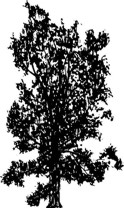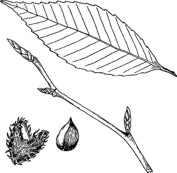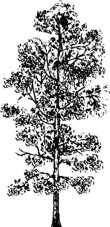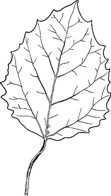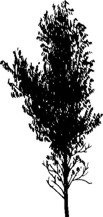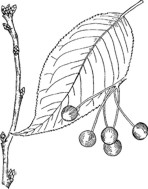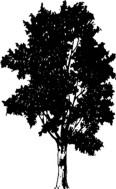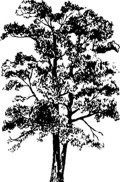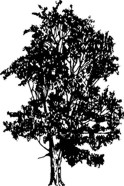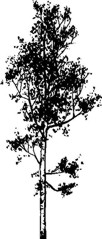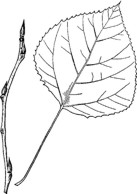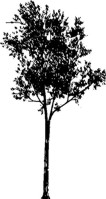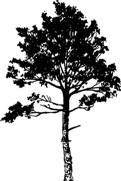|
SILVICS OF BEECH Common names: Field identification aids: Average mature tree: Shade tolerance: Windfirmness: Rooting: Reproduction: Growing sites: Associated species: Principal damaging agent: Notes: |
|
|||
|
||||
Lesson Three - Hardwood Tree Identification and Silvics
This lesson introduces the common hardwoods of Nova Scotia.
Silvics of Beech
Silvics of Grey Birch
|
SILVICS OF GREY BIRCH Common names: Field identification aids: Average mature tree: Shade tolerance: Rooting: Reproduction: Growing sites: Associated species: Principal damaging agents: Notes: |
|
|||
|
||||
Silvics of Largetooth Aspen
|
SILVICS OF LARGETOOTH ASPEN Common names: Field identification aids: Average mature tree: Maximum life span: Shade tolerance: Rooting: Windfirmness: Reproduction: Growing sites: Associated species: Principal damaging agents: Notes: |
|
|||
|
||||
Silvics of Pin Cherry
|
SILVICS OF PIN CHERRY Common names: Field identification aids: Average mature tree: Shade tolerance: Rooting: Reproduction: Growing sites: Associated species: Principal damaging agent: Notes: |
|
|||
|
||||
Silvics of Red Maple
|
SILVICS OF RED MAPLE Common names: Field identification aids: Average mature tree: Maximum life span: Shade tolerance: Rooting: Windfirmness: Reproduction: Growing sites: Associated species:
Principal damaging agents: Notes: |
|
|||
|
||||
Silvics of Red Oak
|
SILVICS OF RED OAK Common names: Field identification aids: Average mature tree: Maximum life span: Shade tolerance: Rooting: Windfirmness: Reproduction: Growing sites: Associated species: Principal damaging agents: Notes: |
|
|||
|
||||
Silvics of Sugar Maple
|
SILVICS OF SUGAR MAPLE Common names: Field identification aids: Average mature tree: Maximum life span: Shade tolerance: Rooting: Windfirmness: Reproduction: Growing sites: Associated species: Principal damaging agents: Notes: |
|
|||
|
||||
Silvics of Trembling Aspen
|
SILVICS OF TREMBLING ASPEN Common names: Field identification aids: Average mature tree: Maximum life span: Shade tolerance: Rooting: Windfirmness: Reproduction: Growing sites: Associated species: Principal damaging agents: Notes: |
|
|||
|
||||
Silvics of White Ash
|
SILVICS OF WHITE ASH Common names: Field identification aids: Average mature tree: Maximum life span: Shade tolerance: Rooting: Windfirmness: Reproduction: Growing sites: Associated species: Principal damaging agents: Notes: |
|
|||
|
||||
Silvics of White Birch
|
SILVICS OF WHITE BIRCH Common names: Field identification aids: Average mature tree: Maximum life span: Shade tolerance: Rooting: Windfirmness: Reproduction: Growing sites: Associated species: Principal Damaging Agents: Notes: |
|
|||
|
||||
Silvics of Yellow Birch
|
SILVICS OF YELLOW BIRCH Common names: Field identification aids: Average mature tree: Maximum life span: Shade tolerance: Rooting: Windfirmness: Reproduction: Associated species: Principal damaging agents: Notes: |
|
|||
|
||||
